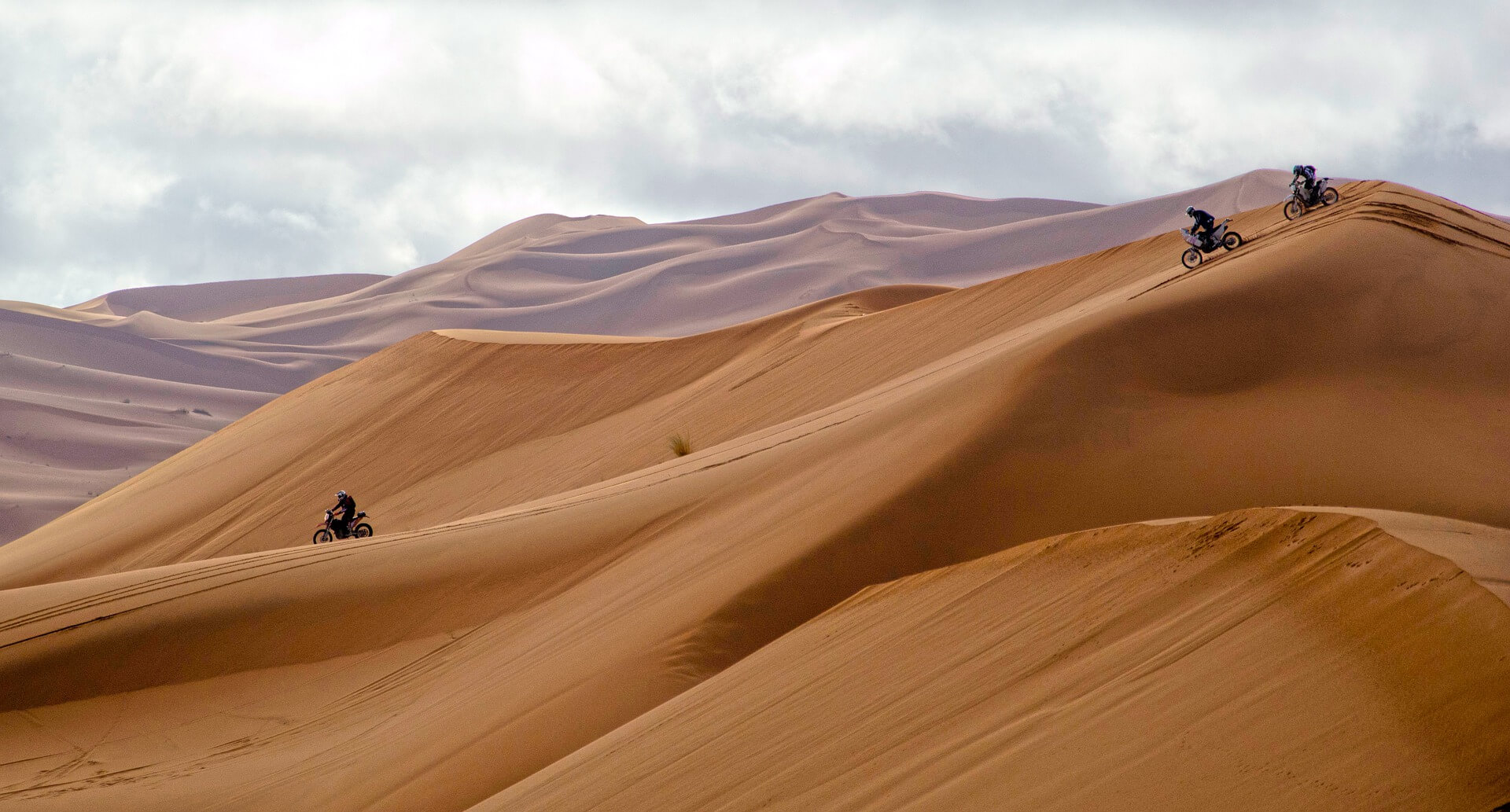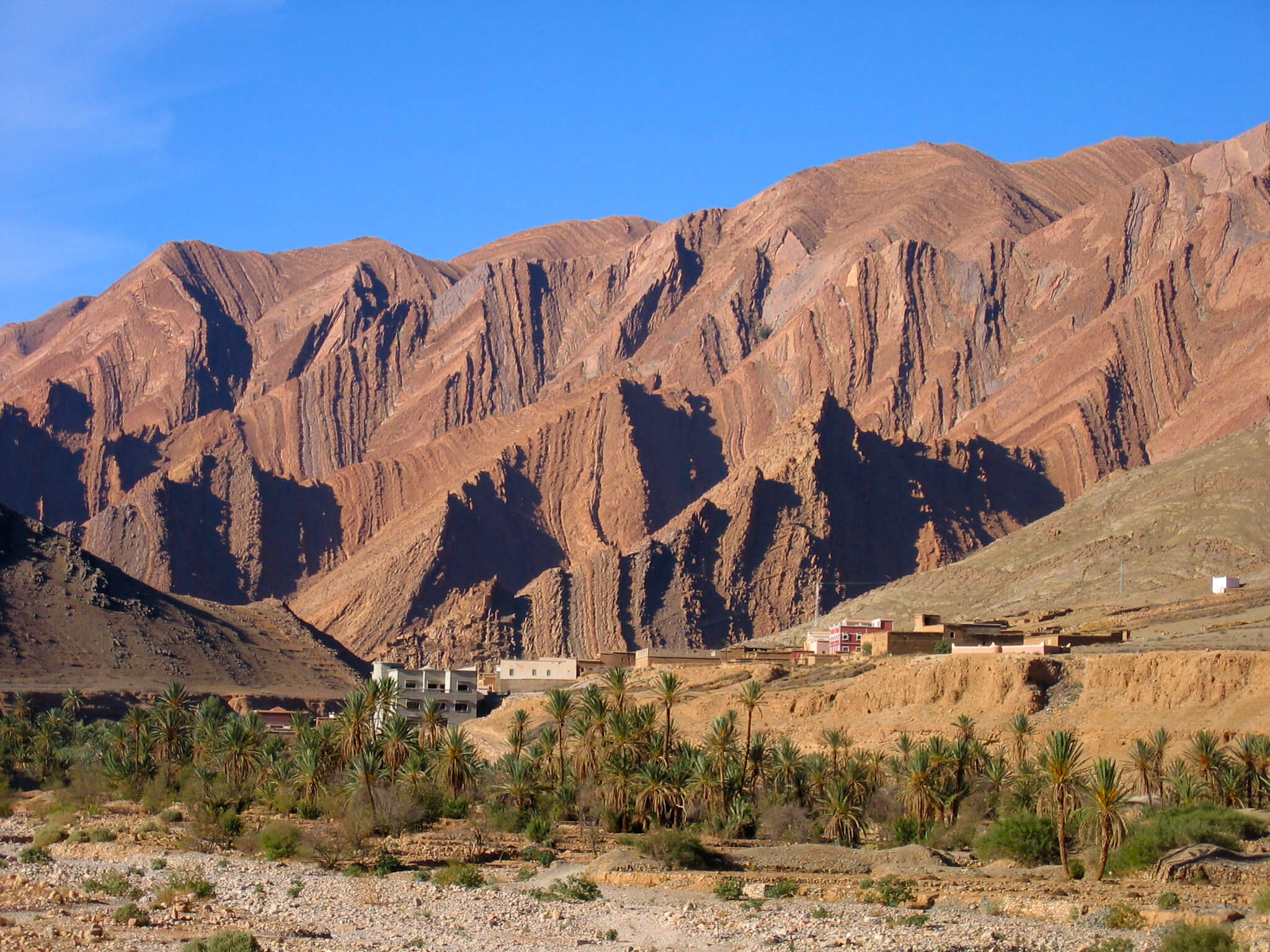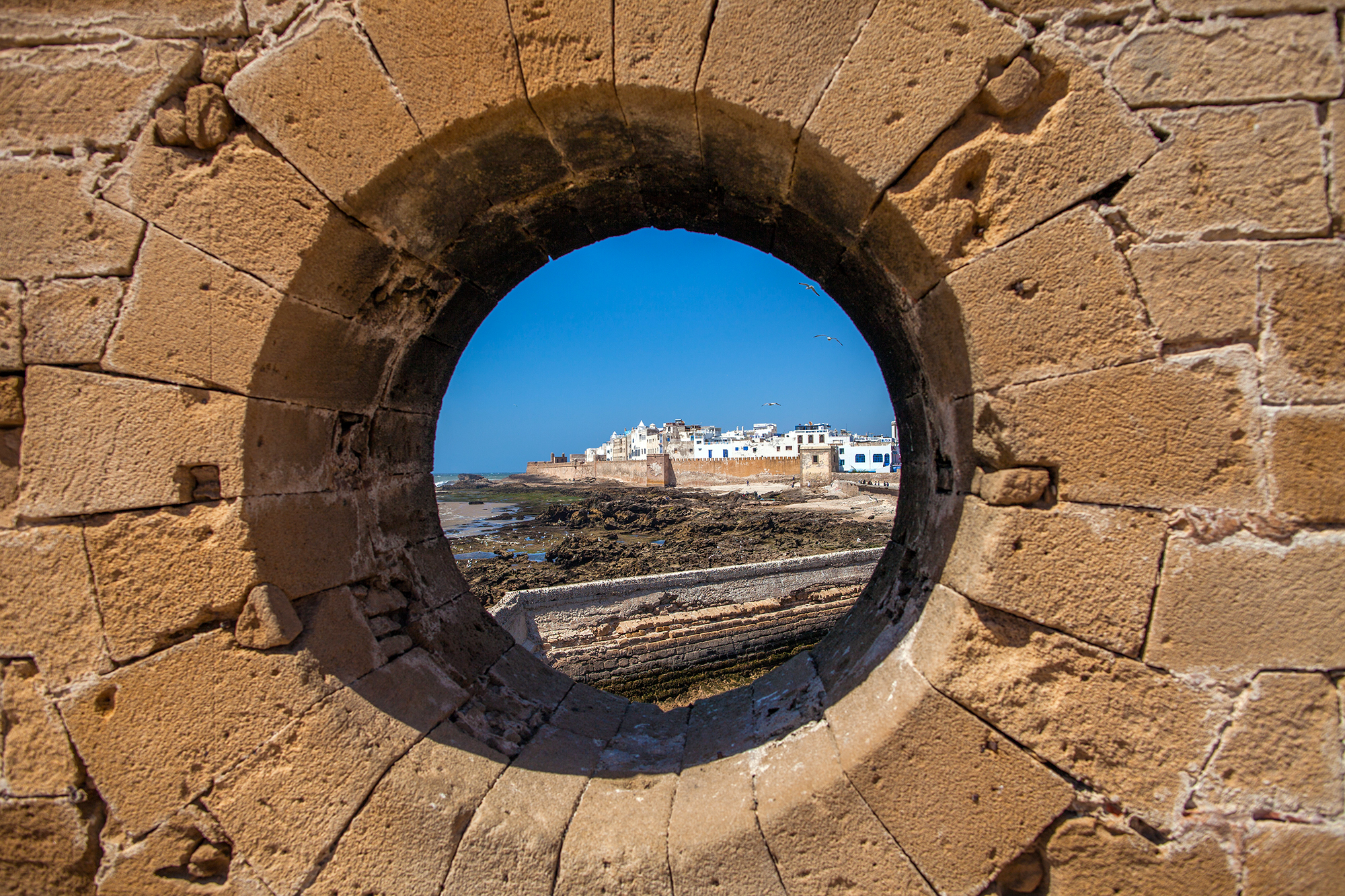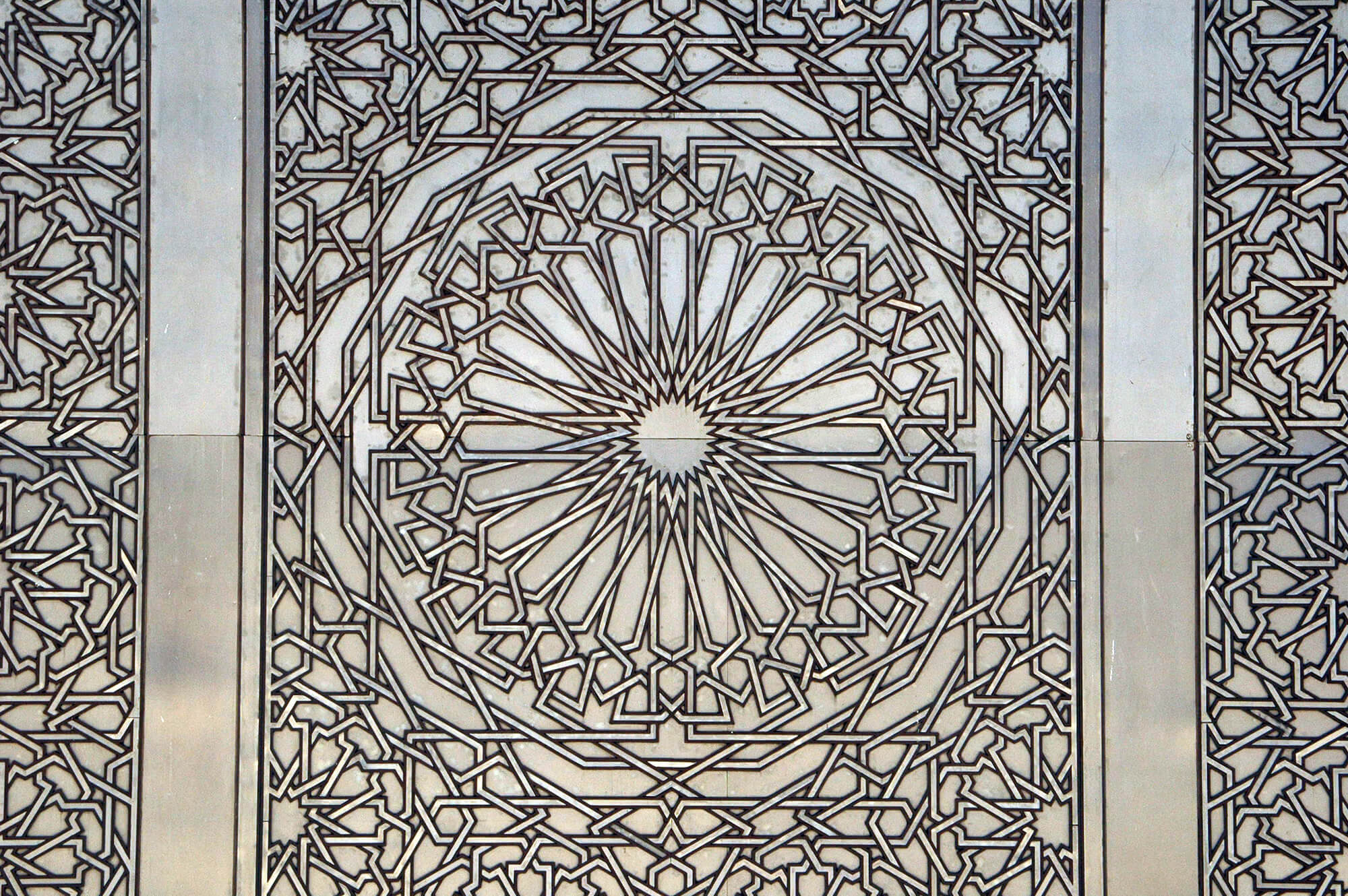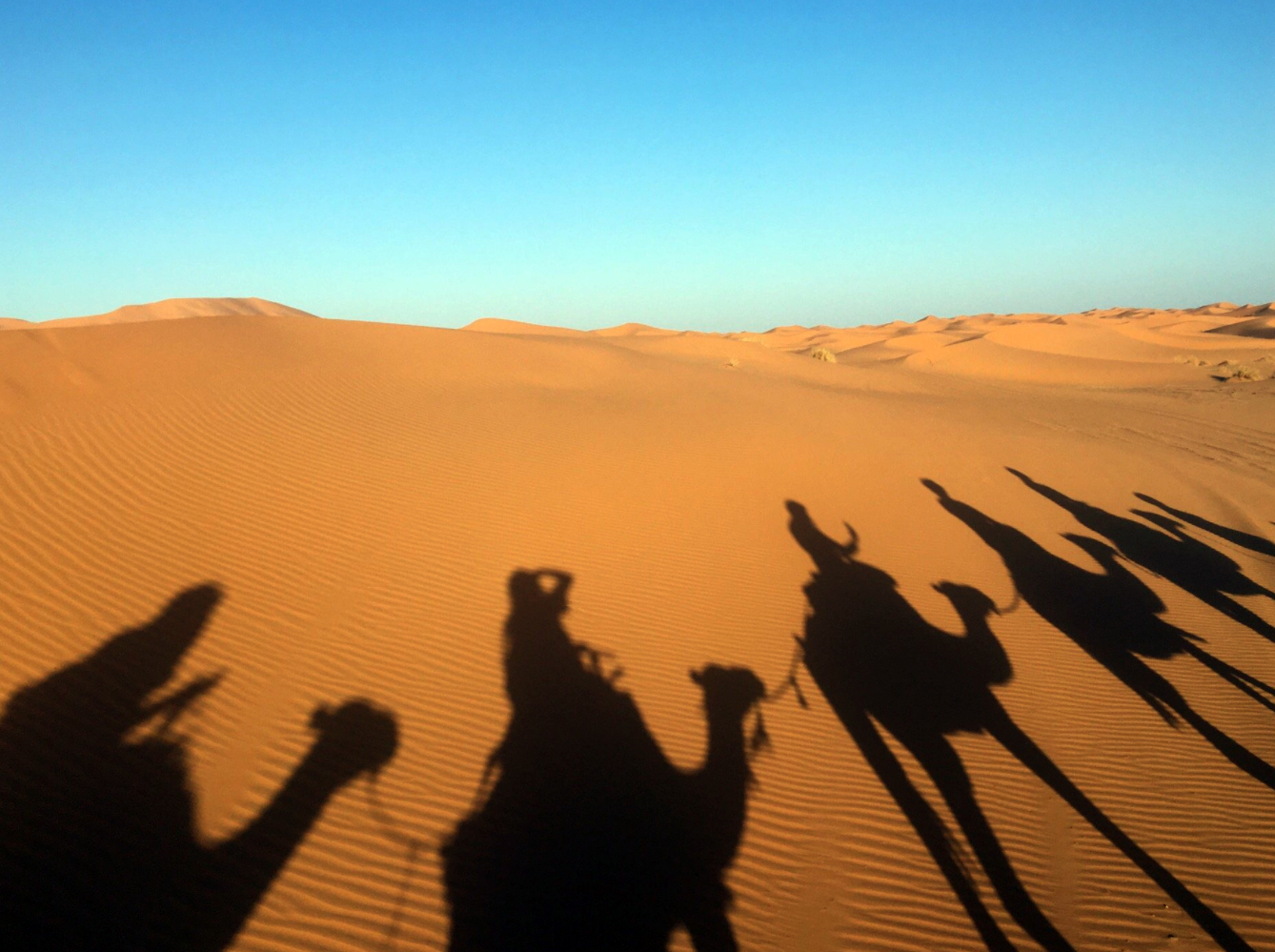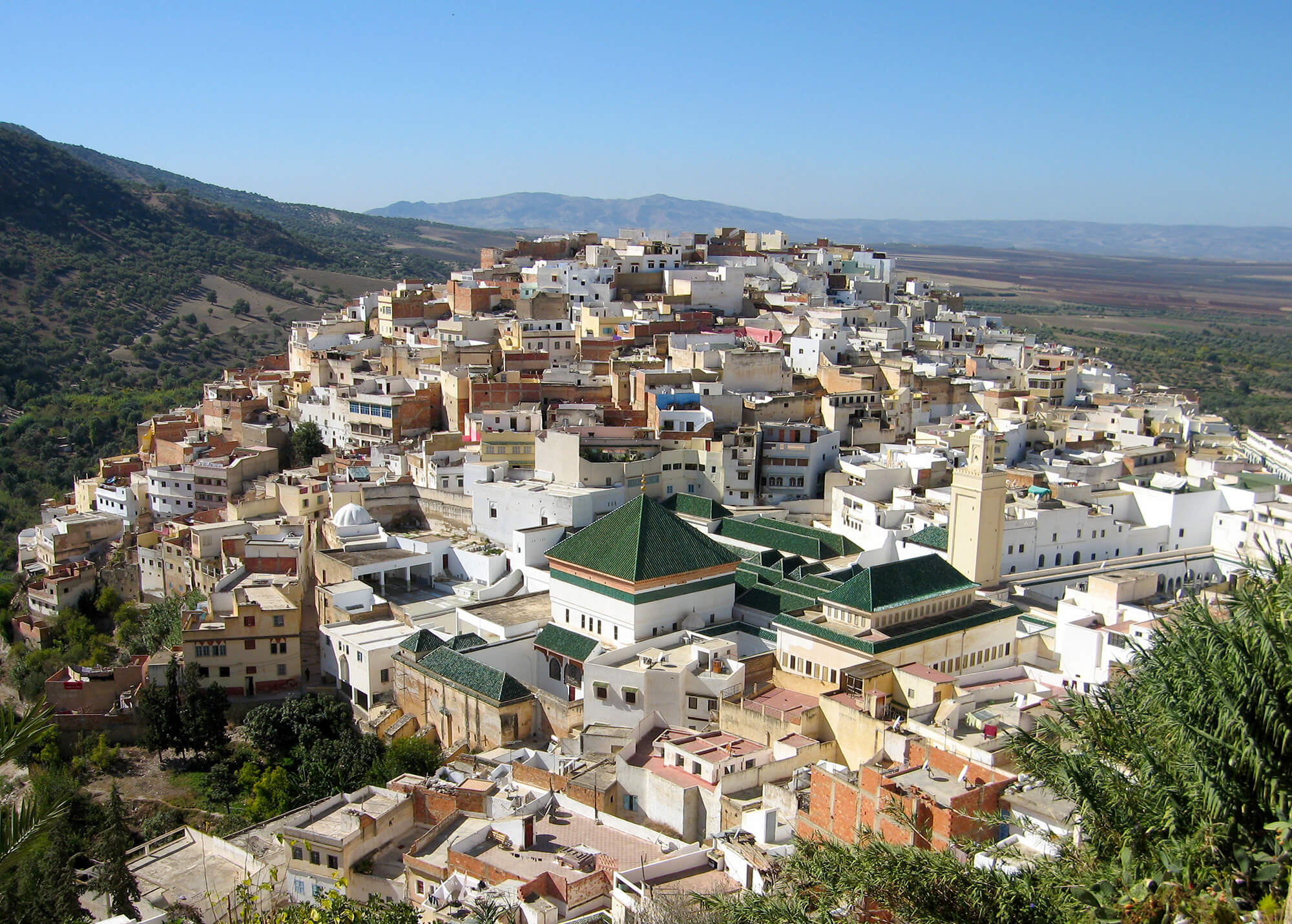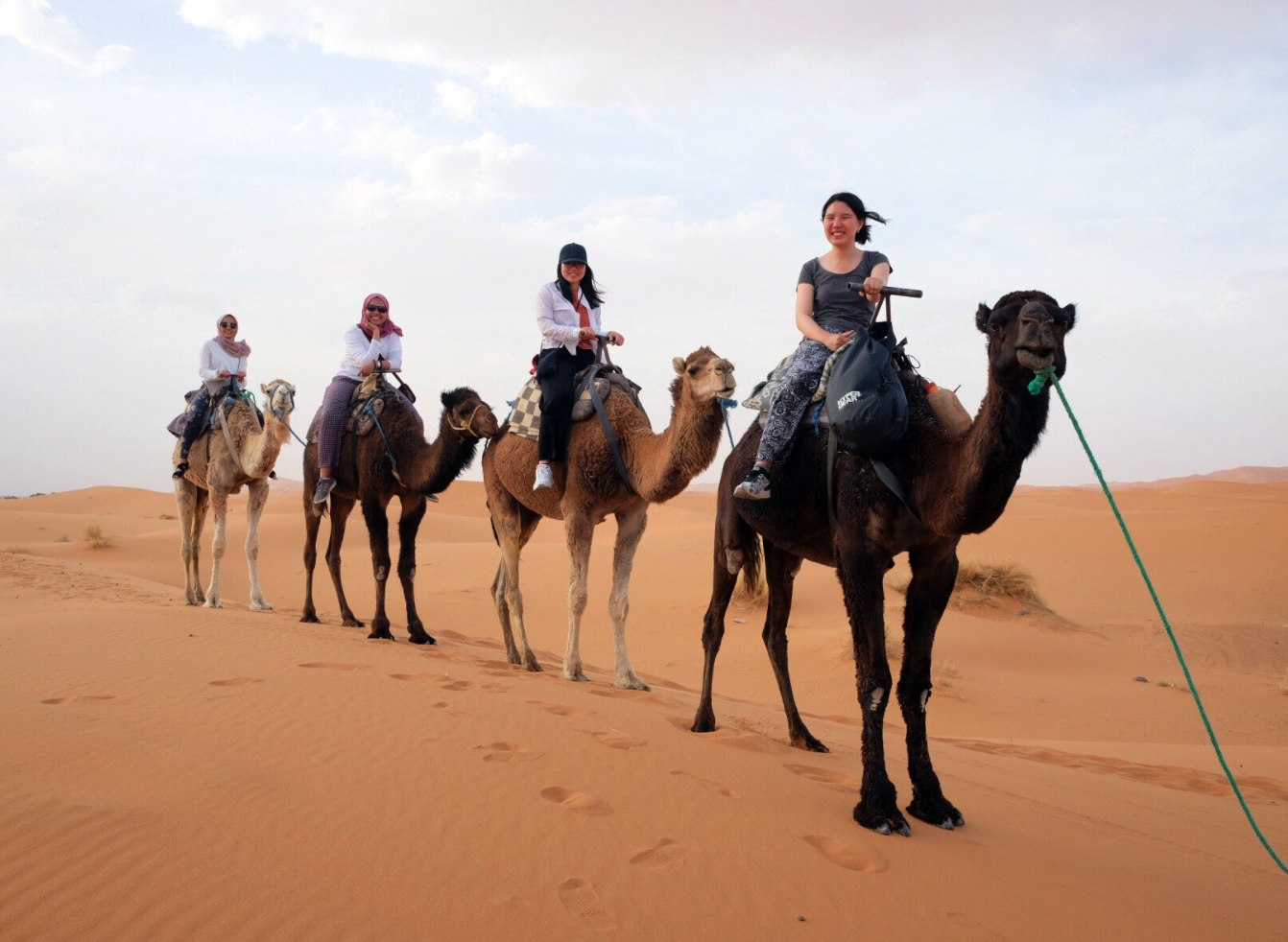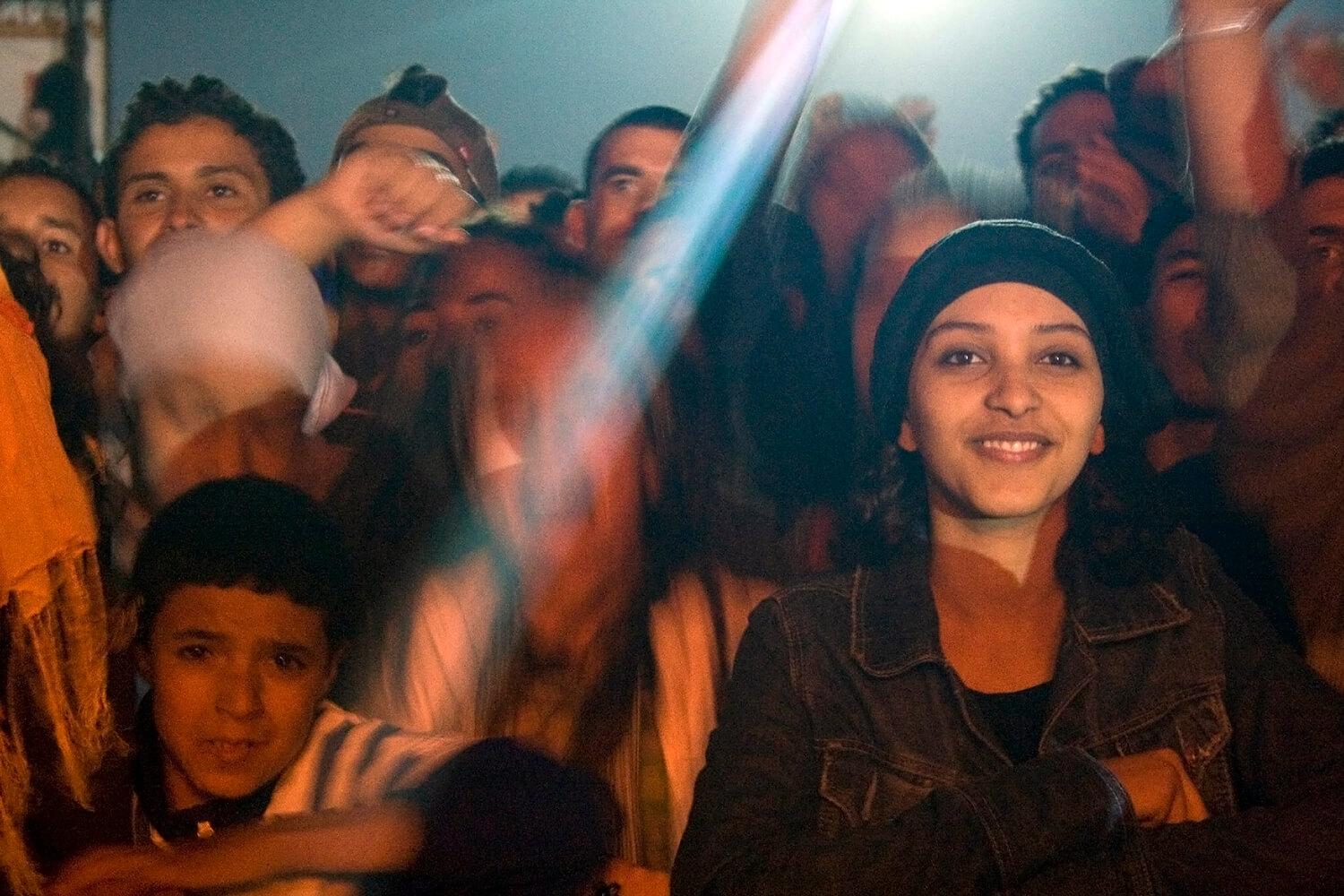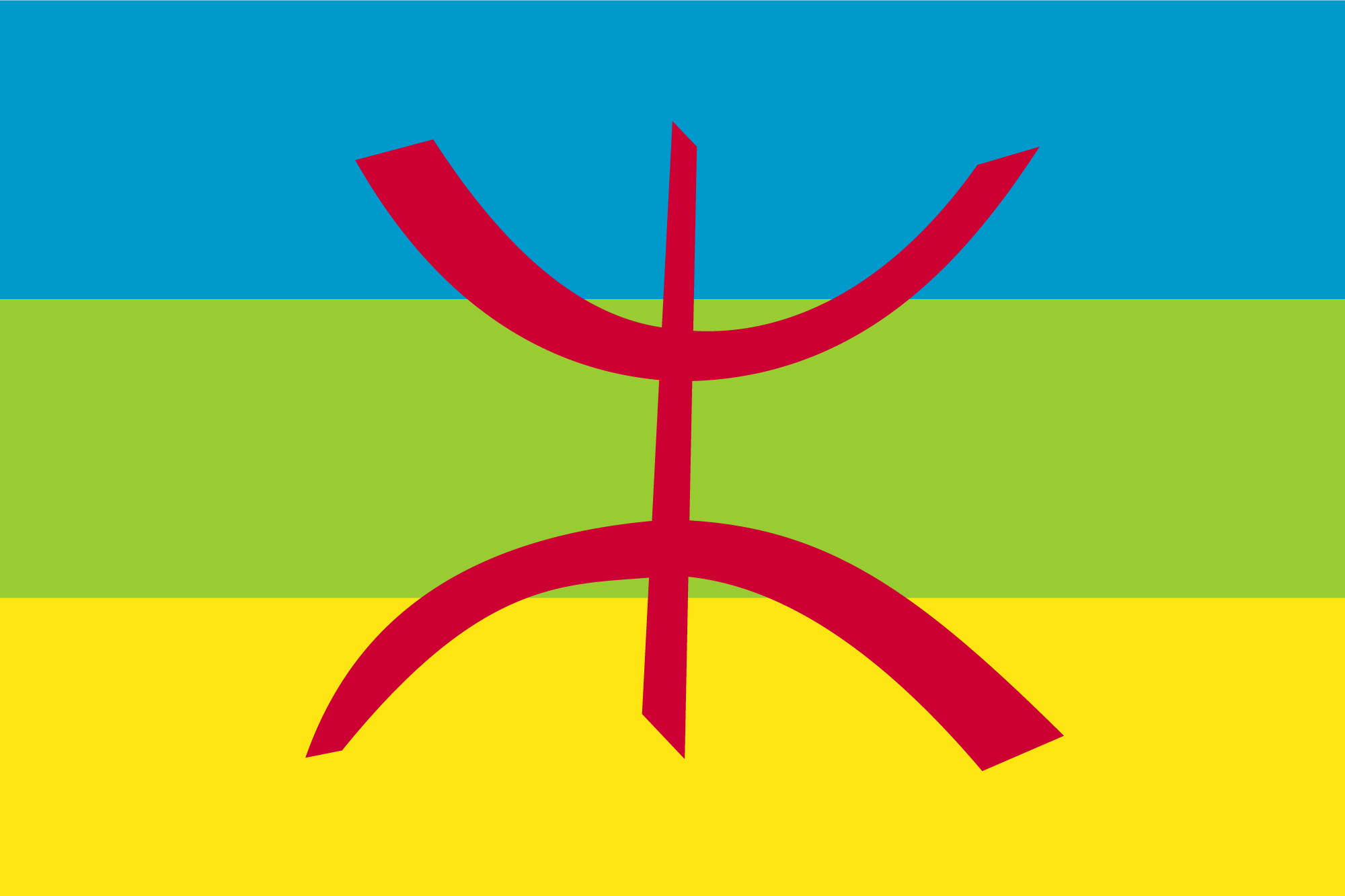From camel trekking in the Sahara to sweating it out in a hammam, Morocco offers unlimited activities for the ultimate cultural experience. Breathtaking tours give you an opportunity to discover the best this country has to offer.
From camel trekking in the Sahara to relaxing in a traditional hammam, Morocco offers a world of vibrant experiences that blend adventure, culture, and hospitality. Though similar in size to California, Morocco’s diversity—from its snow-dusted Atlas Mountains to the golden dunes of Merzouga—makes it feel like many countries in one.
Whether you’re exploring ancient medinas, discovering Berber villages, or unwinding in a luxurious riad, this list highlights ten unforgettable things to do in Morocco that capture its timeless spirit.
1. Camel Trekking in the Sahara Desert
There’s no experience more iconic—or transformative—than a camel trek across Morocco’s great Sahara Desert. As you sway gently over the dunes of Erg Chebbi or Erg Chigaga, time seems to slow, and the vast stillness of the desert connects you to something ancient and spiritual.
You can choose from short excursions to multi-day adventures that include overnight stays in traditional Berber camps. Watch the sun set in a blaze of gold, dine beneath a canopy of stars, and wake to a sunrise that paints the dunes in hues of pink and orange.
Tip: The 2-Night Camel Trekking Experience in Merzouga Desert offers the perfect balance of exploration and comfort, including sandboarding and nomad visits for an authentic desert encounter.
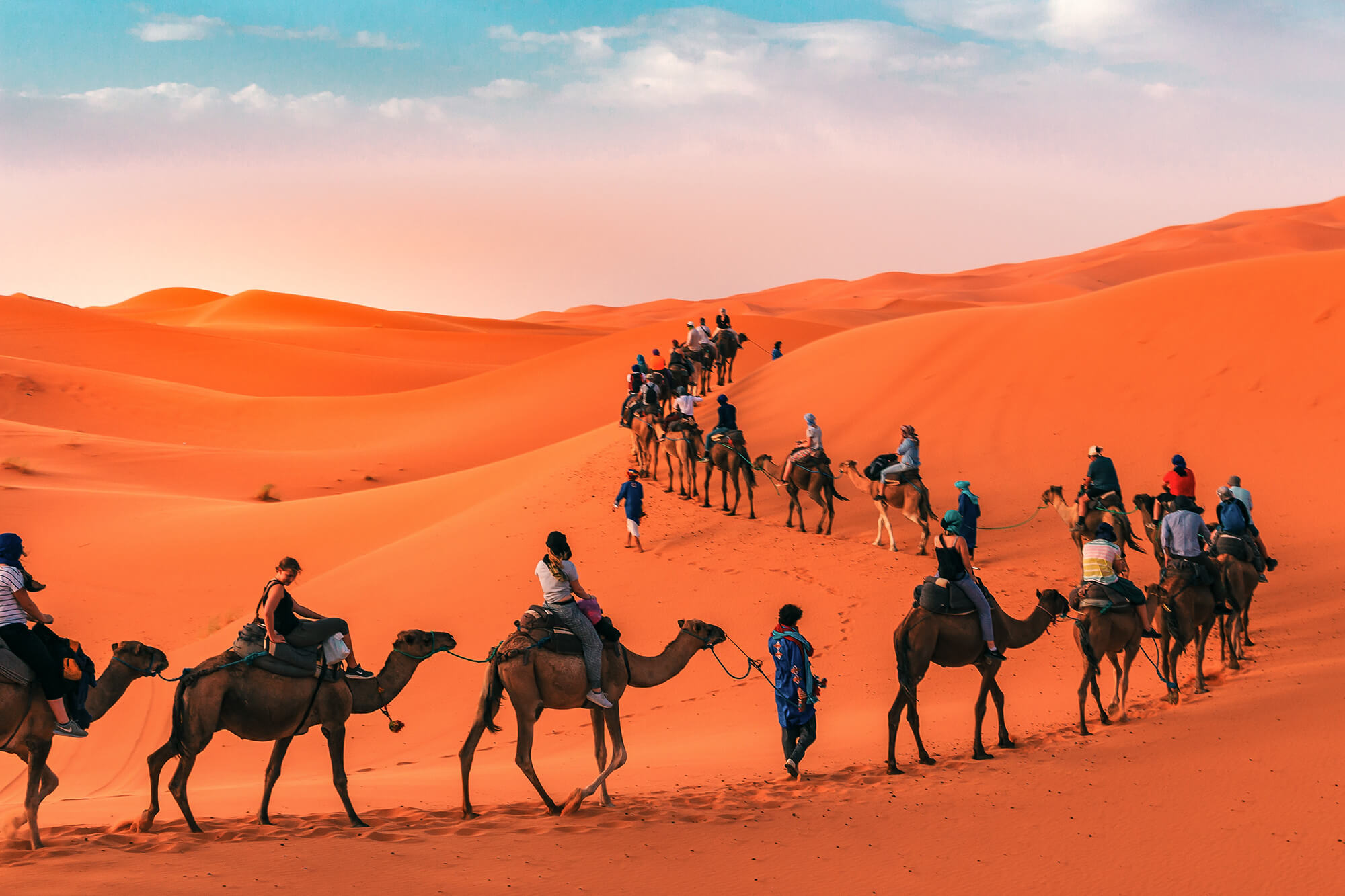
2. Visit a Traditional Hammam
A visit to a Moroccan hammam—a public bathhouse—reveals one of the country’s oldest and most cherished social traditions. Locals visit weekly to cleanse, unwind, and socialize. The experience begins with steaming, followed by a black soap exfoliation using a kessa glove, and ends with cool rinses that leave your skin rejuvenated.
In cities like Marrakech, Fes, and Casablanca, you’ll find everything from communal hammams for locals to luxurious spas that blend tradition with modern comfort—a cultural ritual that cleanses both body and soul. Traditional hammams often have separate days and times for men and women, but in larger cities like Casablanca or Marrakech, modern options are available that cater to couples as well. From public baths to private luxury hammams, each offers an authentic experience with excellent health benefits.
👉 Read more: The Moroccan Hammam Experience
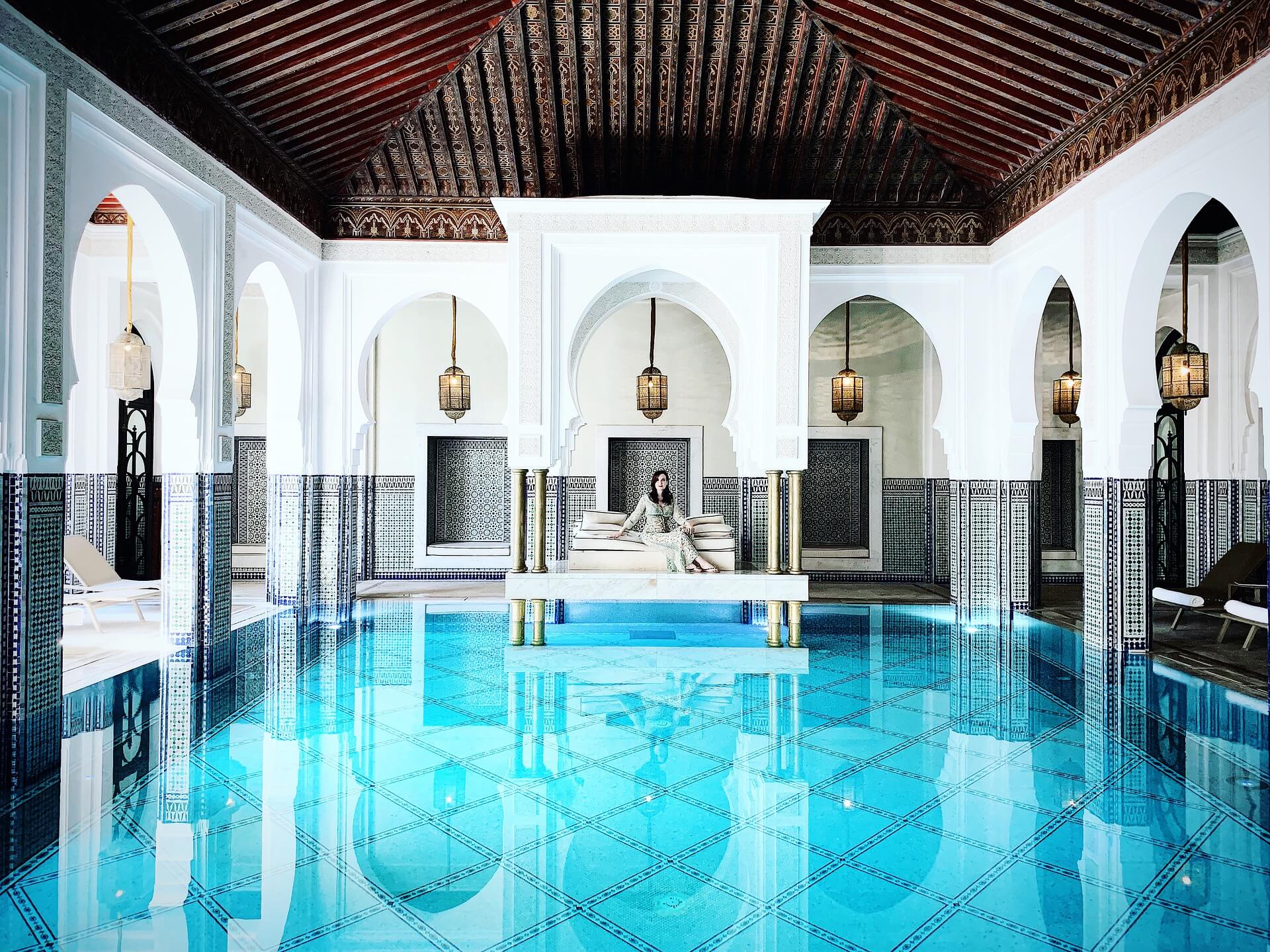
3. Stay in a Riad
Skip the hotel chains—staying in a riad is the best way to feel the pulse of Morocco. These traditional Moroccan houses, often hidden behind unassuming doors in the old medinas of cities like Marrakech and Fes, open into tranquil courtyards filled with mosaics, fountains, and citrus trees. A riad is a private, intimate space featuring beautifully decorated interiors of hand-carved woodwork, colorful zellij tiles, and often a central fountain or pool surrounded by lush plants and flowers.
Whether you choose a modest riad or a luxurious one, you can expect warm hospitality, traditional architecture, and homemade Moroccan cuisine—often tagine served under flickering lanterns. After a day of exploring the bustling streets, your riad becomes a peaceful sanctuary—a personal oasis where you can relax and experience authentic Moroccan charm.
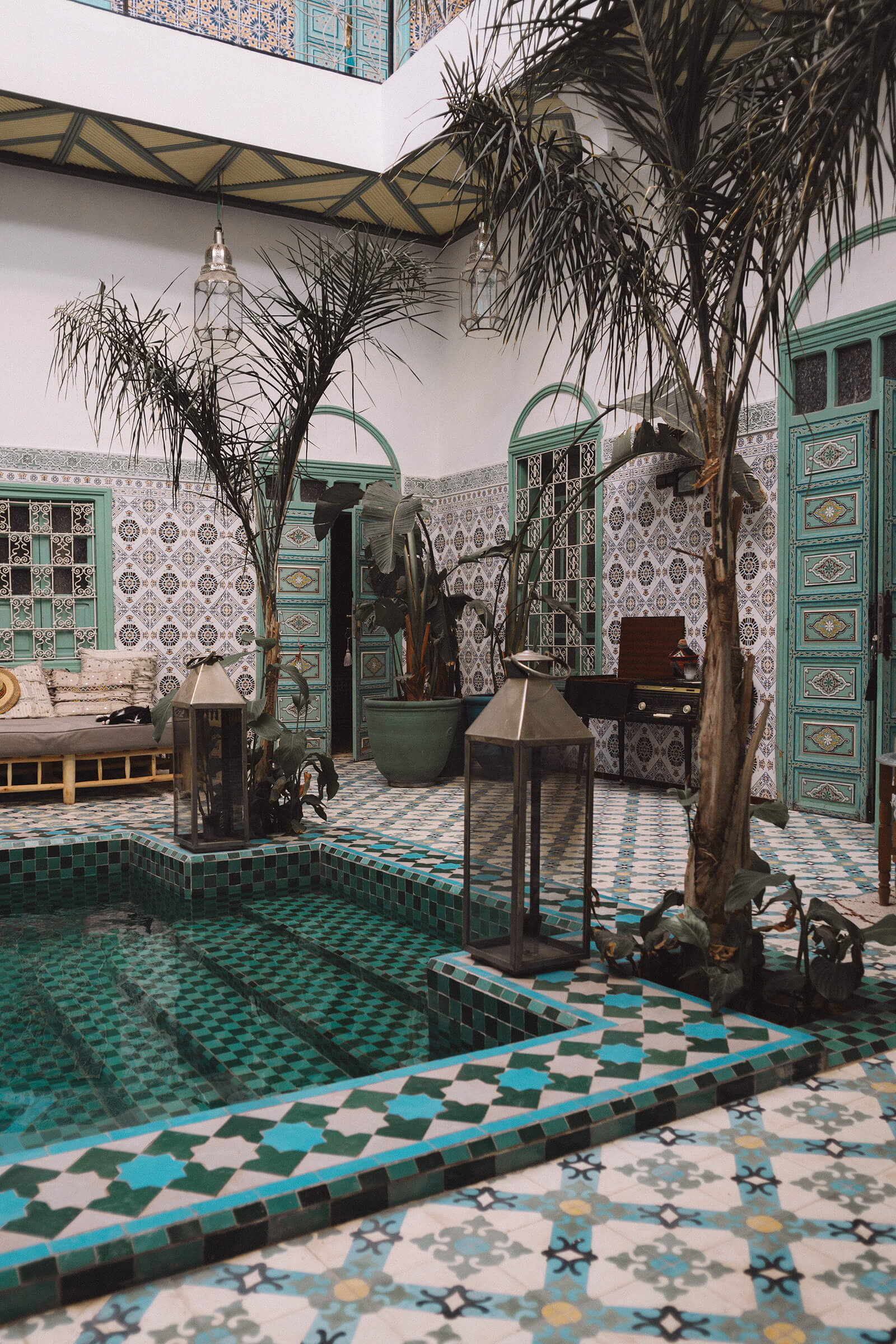
4. Venture Around the Atlas Mountains
Stretching across Morocco from the Atlantic to the Sahara, the Atlas Mountains offer some of the country’s most breathtaking scenery. Rugged trails wind through cedar forests, green valleys, and Amazigh (Berber) villages that seem frozen in time.
Whether you’re hiking around Imlil near Mount Toubkal, crossing dramatic passes, or visiting local markets, you’ll find landscapes that shift from snow-capped peaks to arid canyons. The region’s peaceful rhythm provides a refreshing contrast to the lively chaos of the cities.
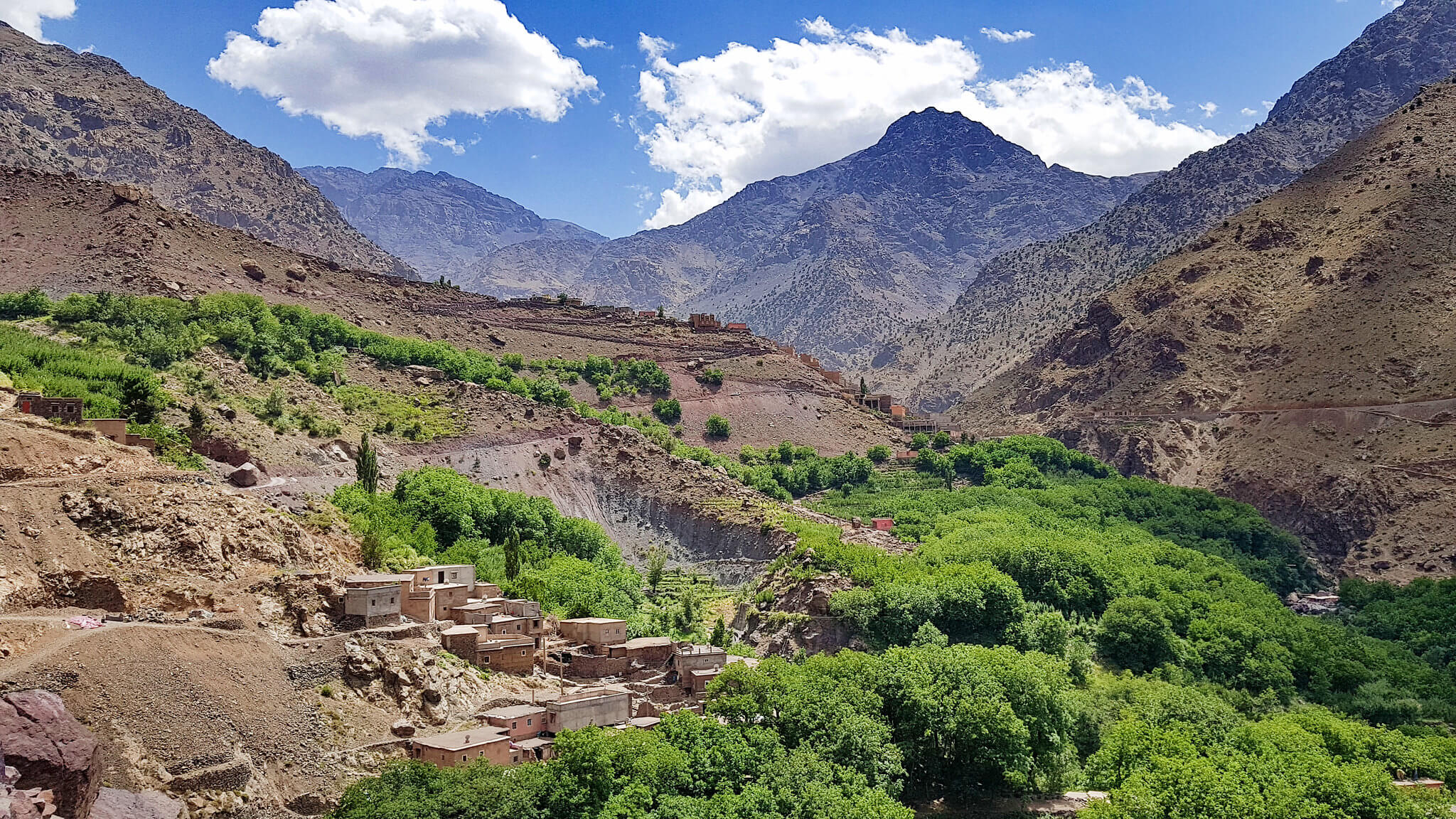
5. Discover Chefchaouen, “The Blue Pearl”
Nestled in the Rif Mountains, Chefchaouen is famous for its medina painted in every imaginable shade of blue. The city’s peaceful atmosphere and winding lanes make it a photographer’s dream—and a perfect place to slow down.
Spend the day exploring artisan shops, browsing handwoven blankets and pottery, or relaxing at a rooftop café with mint tea. For a panoramic view of the city, hike to the Spanish Mosque at sunset—when the blue walls glow under the fading light and the call to prayer echoes across the valley.
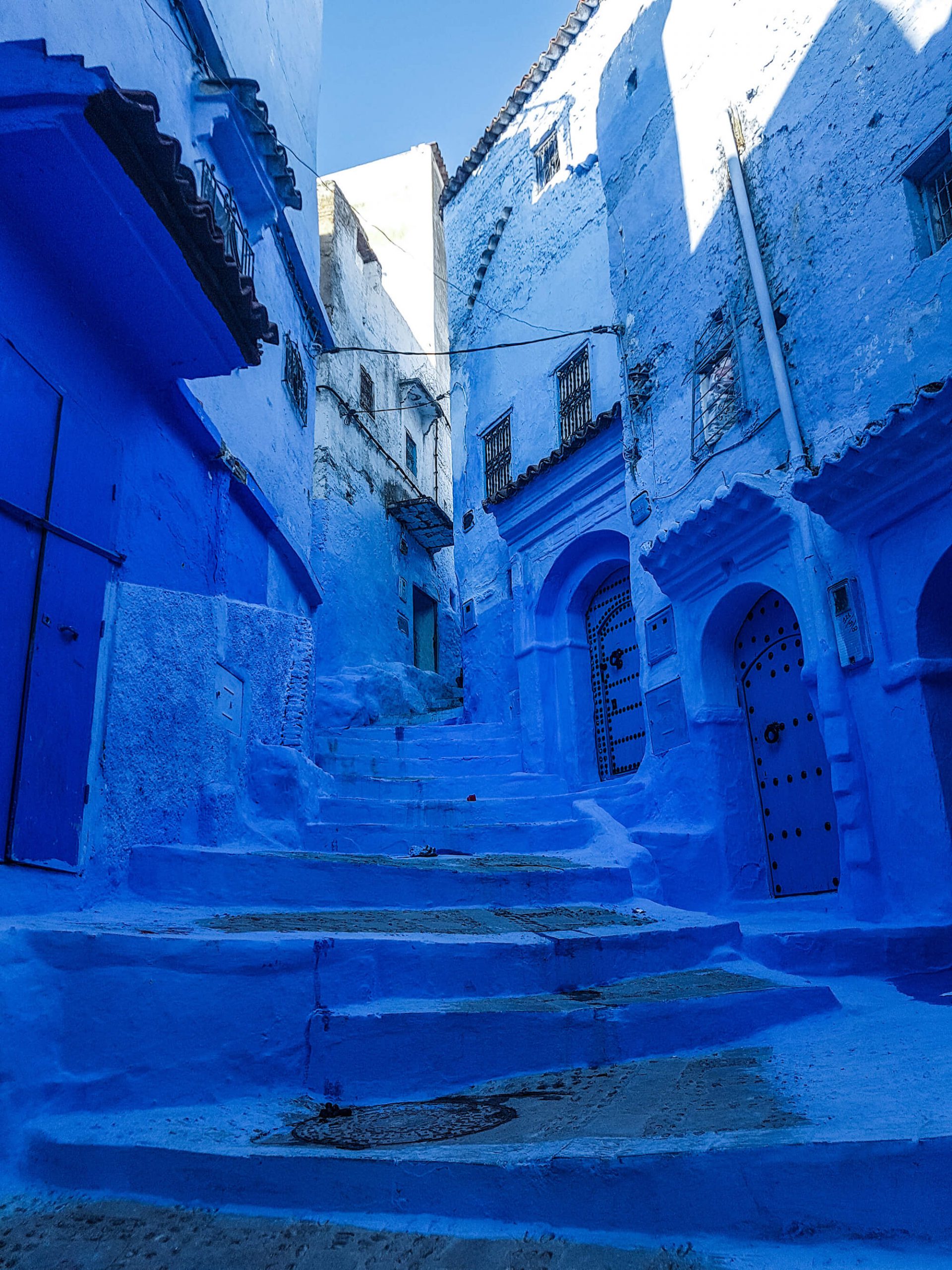
6. Be Entertained at Djemaa el-Fna
Marrakech’s Djemaa el-Fna square is one of the world’s most iconic gathering places. As dusk falls, the plaza transforms into an open-air theater filled with snake charmers, musicians, storytellers, and acrobats performing beneath strings of lanterns.
Wander between sizzling food stalls offering skewered meats, fresh juices, and traditional Moroccan sweets. The chaotic charm of Djemaa el-Fna embodies Morocco’s creative soul—raw, musical, and endlessly alive.
Afterward, escape to a rooftop café for mint tea and a view of the mesmerizing scene below.
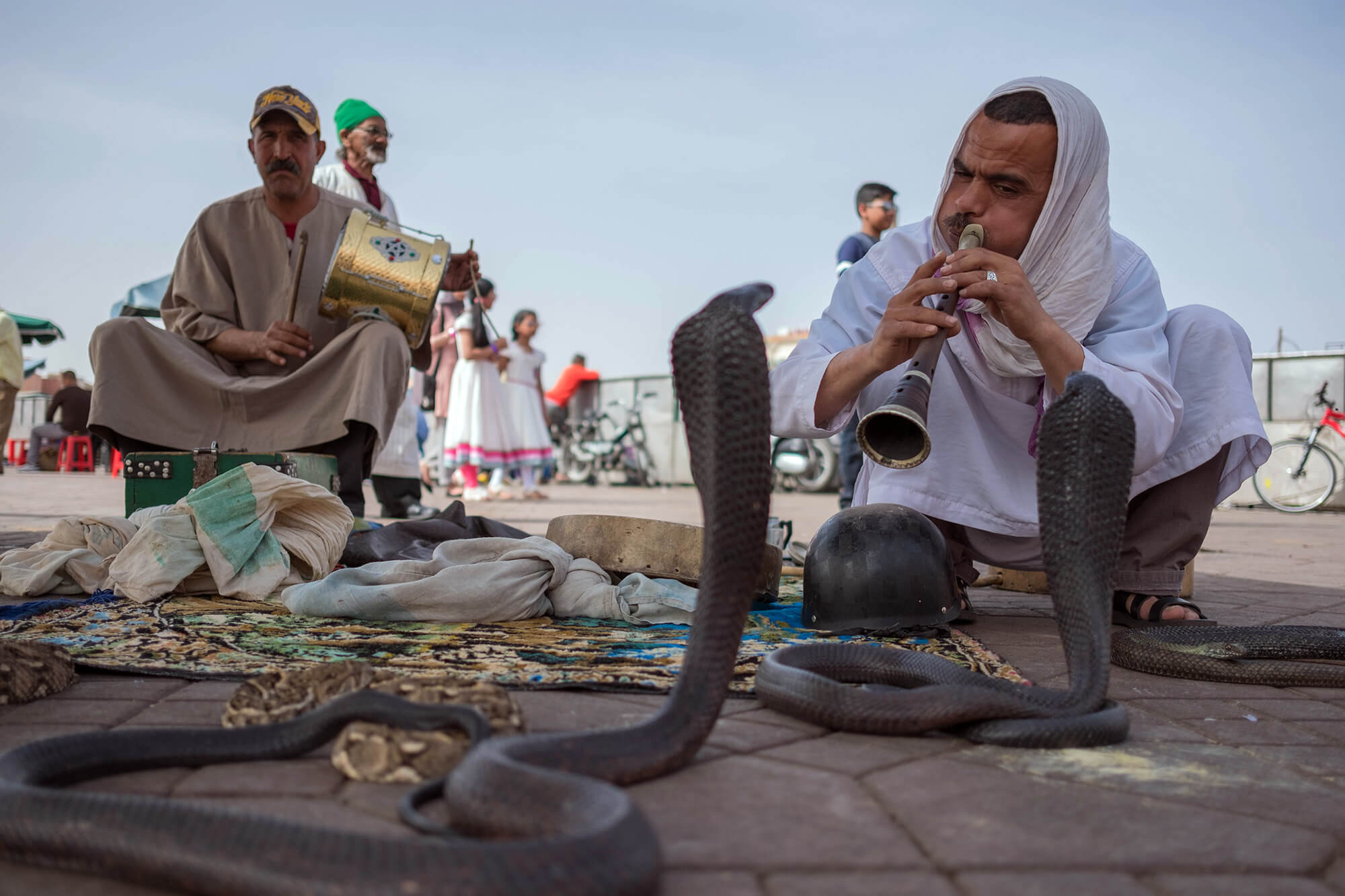
7. Roam Around Jardin Majorelle
This exquisite botanical garden in Marrakech is best known for its stunning, intense shade of cobalt blue known as Majorelle Blue. Originally designed by French artist Jacques Majorelle in the 1920s and later restored by Yves Saint Laurent, this garden blends nature and art in exquisite harmony. Spend the afternoon strolling around the grounds and admire all the magnificent natural wonders including an impressive cacti collection.
Walk among bamboo groves, lily ponds, and vibrant cacti collections while soaking up the serenity that contrasts the city’s busy rhythm. Visit the on-site Amazigh (Berber) Museum to learn about Morocco’s indigenous heritage, then relax at the garden café for a mint tea surrounded by history and beauty.
👉 Discover more: Facts About Morocco’s Culture
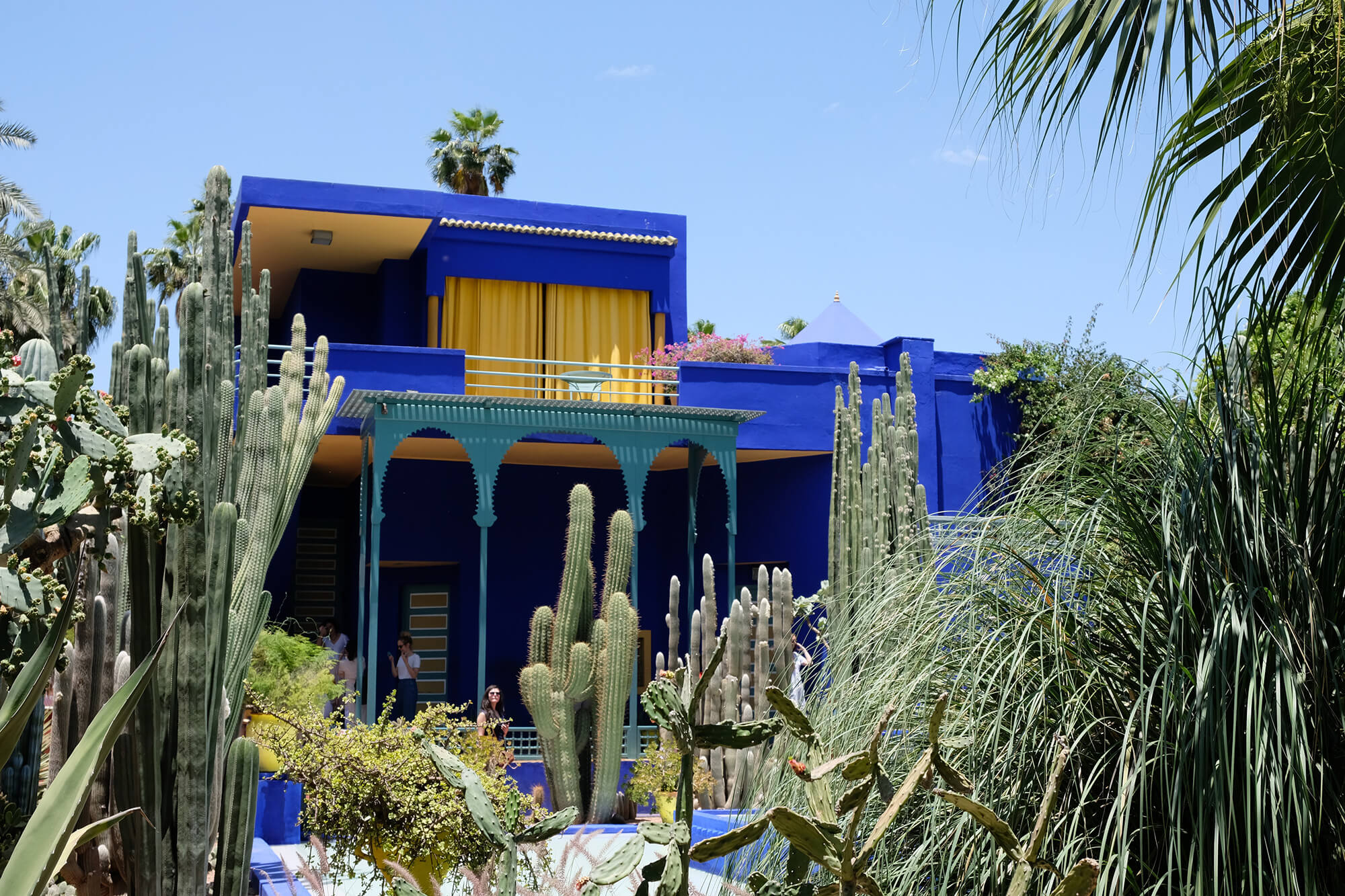
8. Visit a Desert Oasis
Beyond the dunes and kasbahs, Morocco’s oases are living miracles—lush, green sanctuaries sustained by ancient irrigation systems. The Zagora and Skoura oases are among the most enchanting.
Bask under the shade of date palms, explore historic kasbah ruins like Kasbah Amerhidil, or take a cooling dip in natural desert pools. Oases showcase the delicate balance between life and harsh desert conditions—a reminder of Morocco’s resilience and ingenuity.
👉 Plan your adventure: Deserts of Morocco
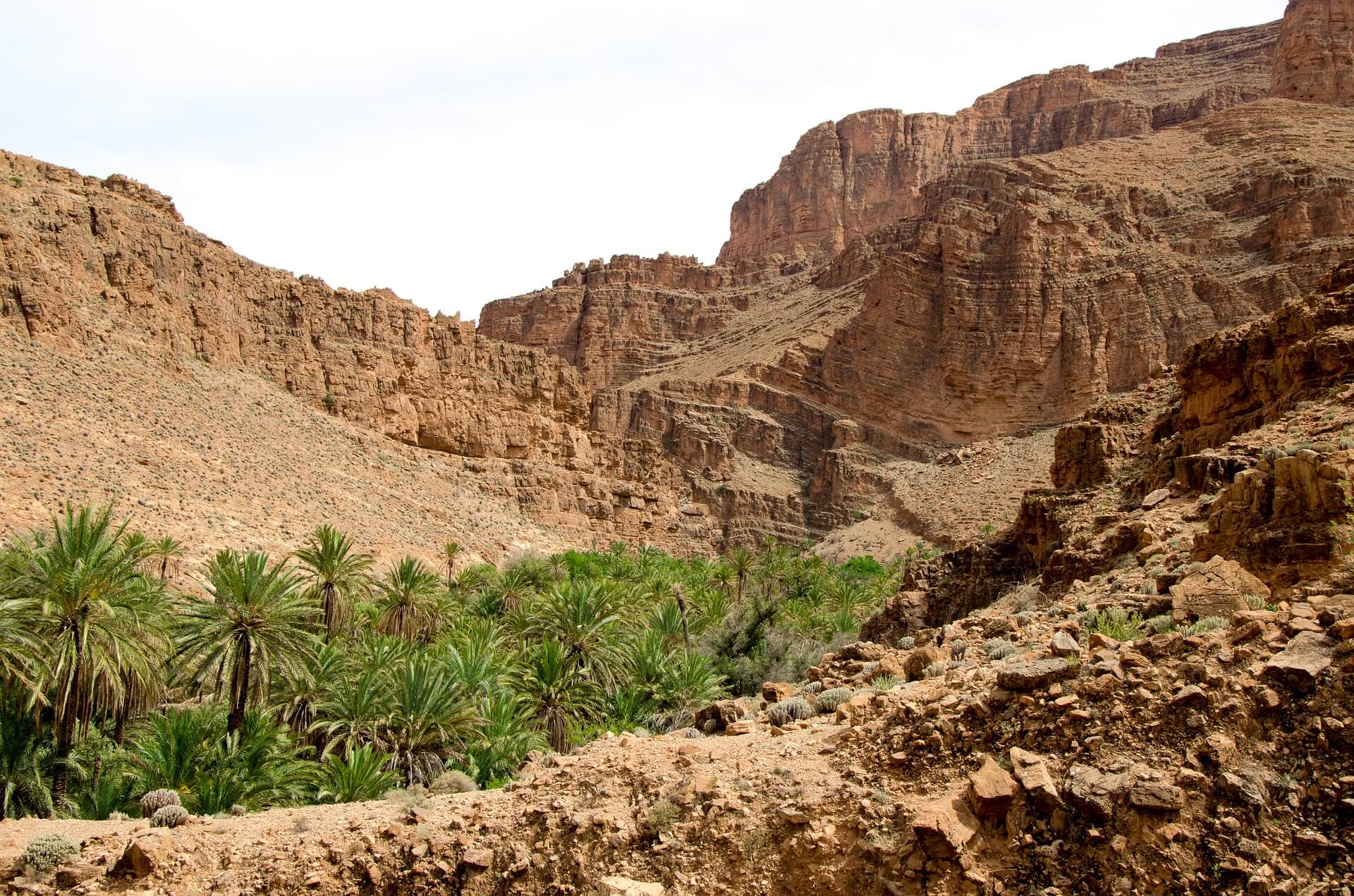
9. Journey to Ait Ben Haddou
Recognized as a UNESCO World Heritage Site, Ait Ben Haddou is Morocco’s most famous fortified village, or ksar—a striking labyrinth of clay and straw buildings that seems to rise like a mirage from the desert. Located near Ouarzazate, known as the “Hollywood of Africa,” this ancient adobe city once lay along the historic caravan route between Sudan and Marrakech.
Today, it’s a popular stop on the way to the Sahara Desert and an easy day trip from Marrakech. Its timeless beauty has made it a favorite filming location for legendary productions such as Gladiator, Lawrence of Arabia, The Mummy, Babel, and Game of Thrones.
Climb to the top of the ksar for panoramic views of the Atlas foothills and feel transported to another era of Moroccan history and cinematic magic.
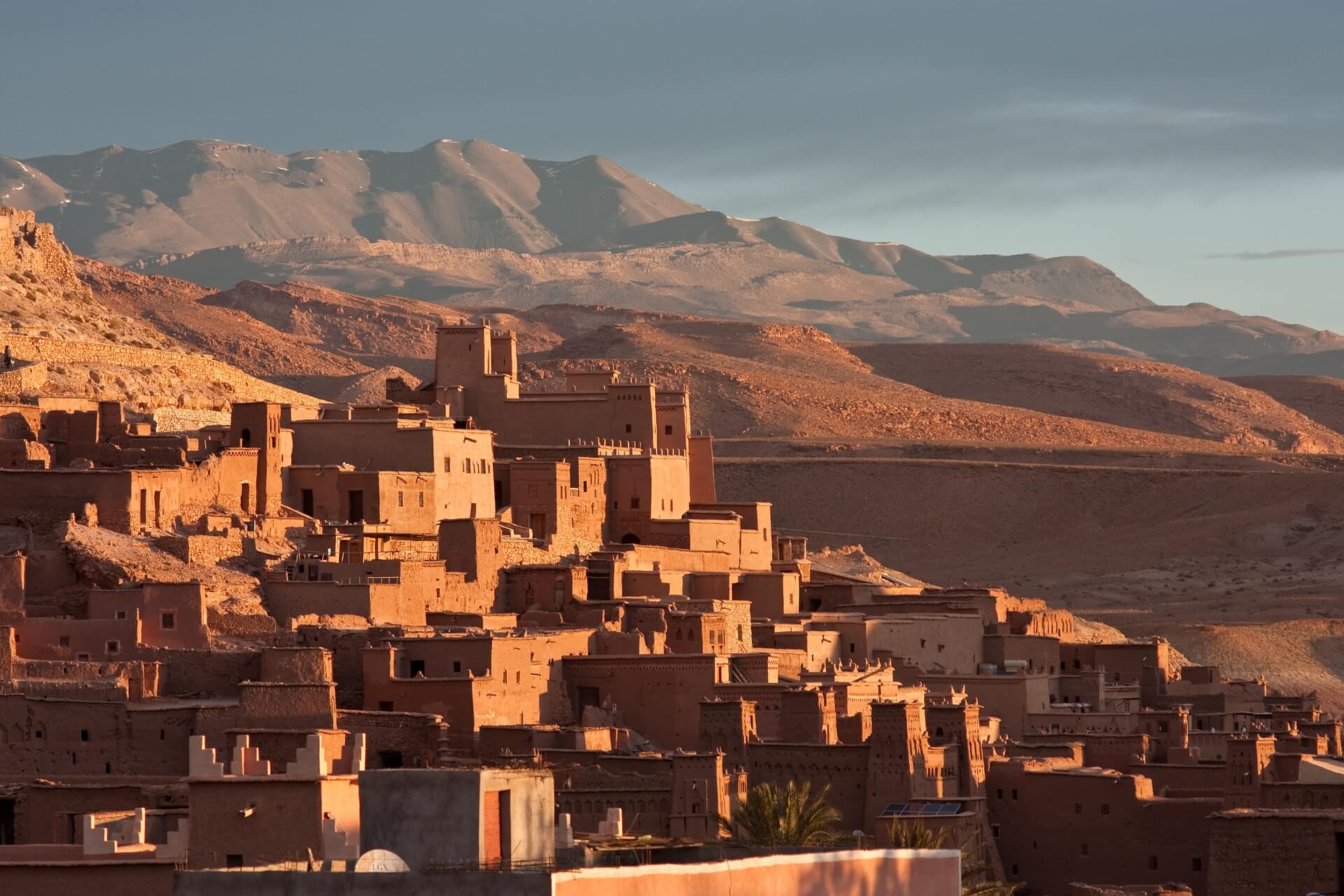
10. A Sensory Experience at the Chouara Tannery, Fez
The medieval city of Fez is home to the world’s oldest functioning tannery: Chouara Tannery. For centuries, craftsmen have used the same methods to dye leather in massive stone vats filled with natural pigments.
From nearby balconies, you can watch the vivid mosaic of colors—reds, yellows, blues—while catching the unmistakable scent of the tanning process (locals suggest carrying mint sprigs to mask the aroma!). The tannery is surrounded by small shops selling leather bags, shoes, and belts, making it a fascinating spot for both history and shopping.
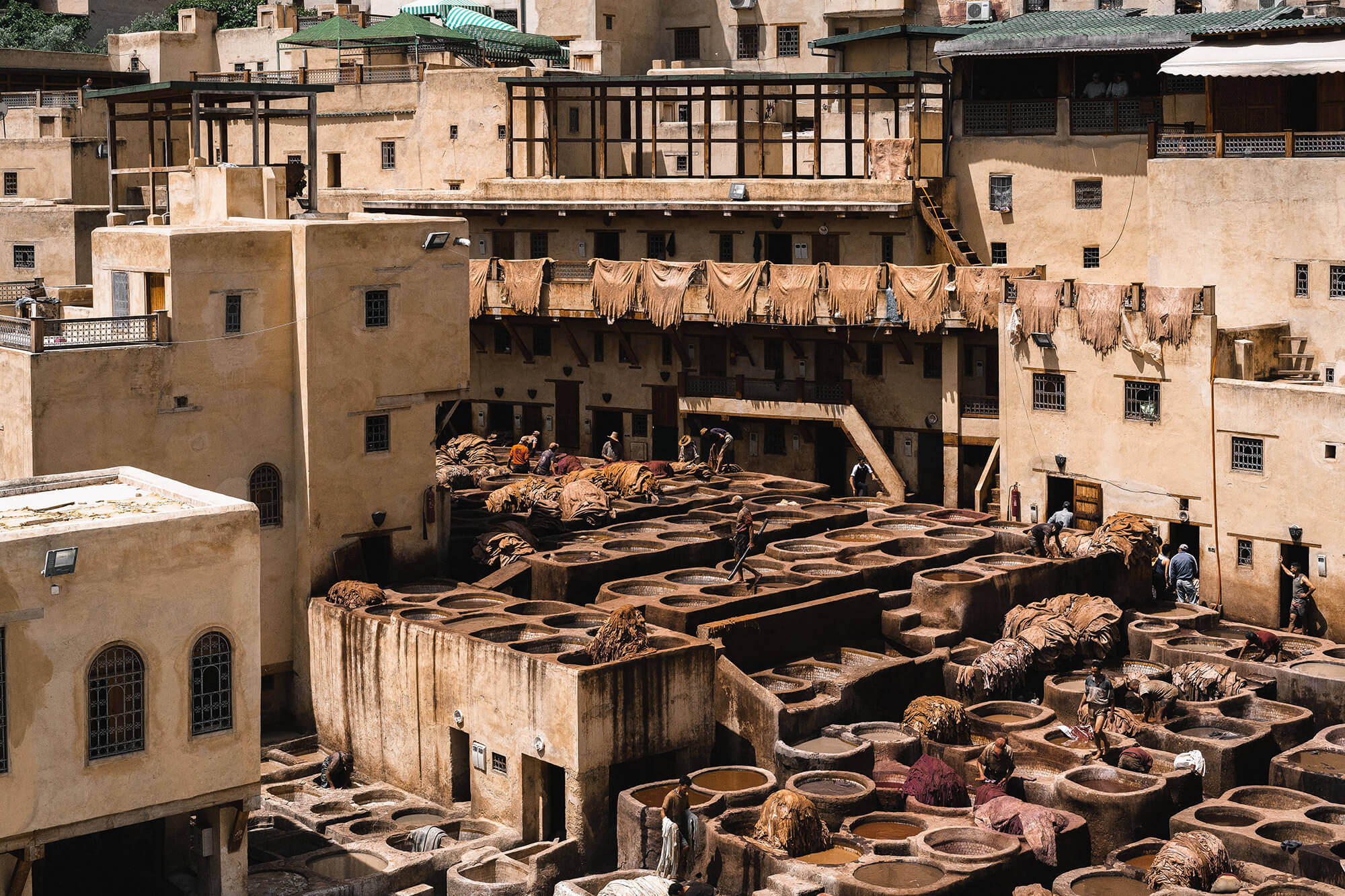
These are just a few of the countless, cultural treasures of Morocco. You are sure to discover many more along your travels around Morocco.
Pack your bags and get ready for your journey!
✨ Bonus Tip: Slow Travel & Sustainability
As Morocco’s tourism grows, so does its commitment to sustainable travel. Choose locally owned riads, buy crafts directly from artisans, and opt for eco-conscious tours. Every small choice helps preserve Morocco’s natural and cultural heritage for generations to come.
🧭 FAQs
Q1: What is the best time to visit Morocco?
Spring (March–May) and fall (September–November) offer the most pleasant weather for exploring cities, deserts, and mountains.
Q2: Can I do a Sahara Desert trip year-round?
Yes, but be mindful: summer days can exceed 45°C (113°F), while winter nights can get chilly. Spring and autumn are ideal.
Q3: What should I wear in Morocco?
Dress modestly—lightweight clothing that covers shoulders and knees is appreciated. Women may carry a scarf for visiting mosques or rural areas.
Q4: Is tipping expected?
Yes. A small tip (5–10%) is customary in restaurants, cafés, and for guides or drivers.
Q5: Is Morocco safe for solo travelers?
Morocco is generally safe. Use licensed guides, avoid deserted areas at night, and keep valuables close in crowded markets.
—
Editor’s Note: This post was originally published in 2021 and updated in October 2025 for accuracy and freshness.
